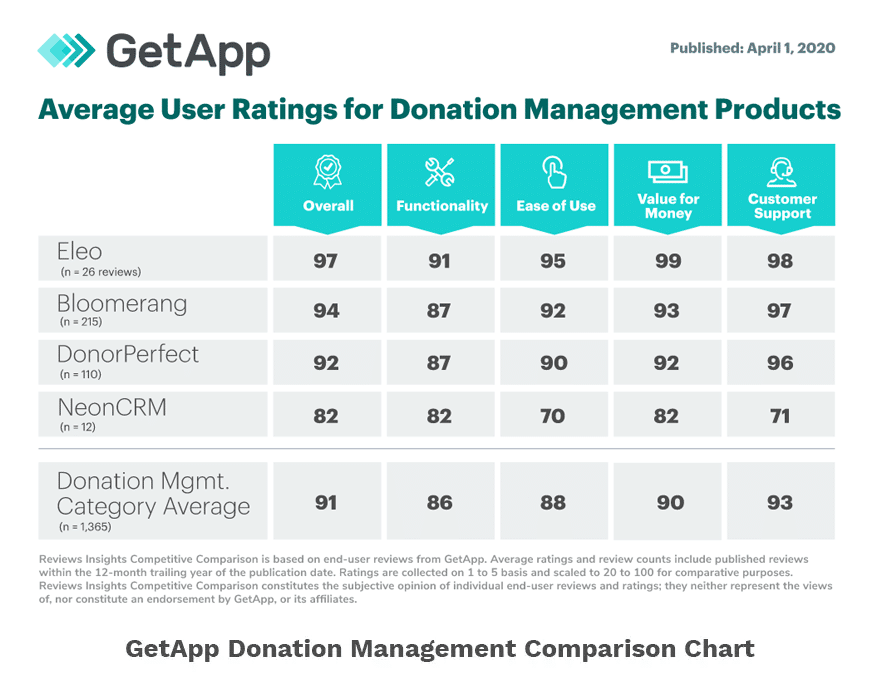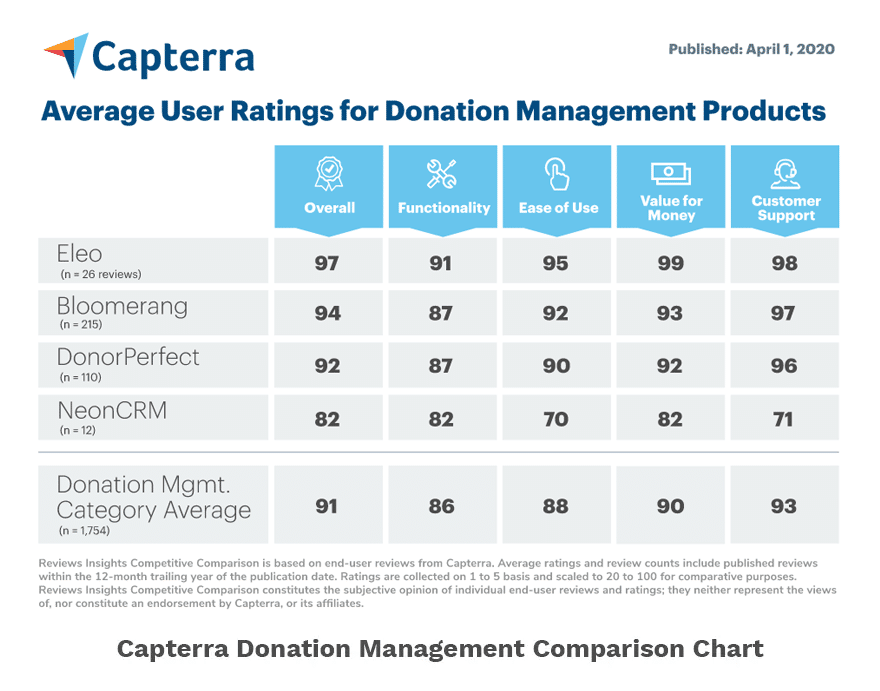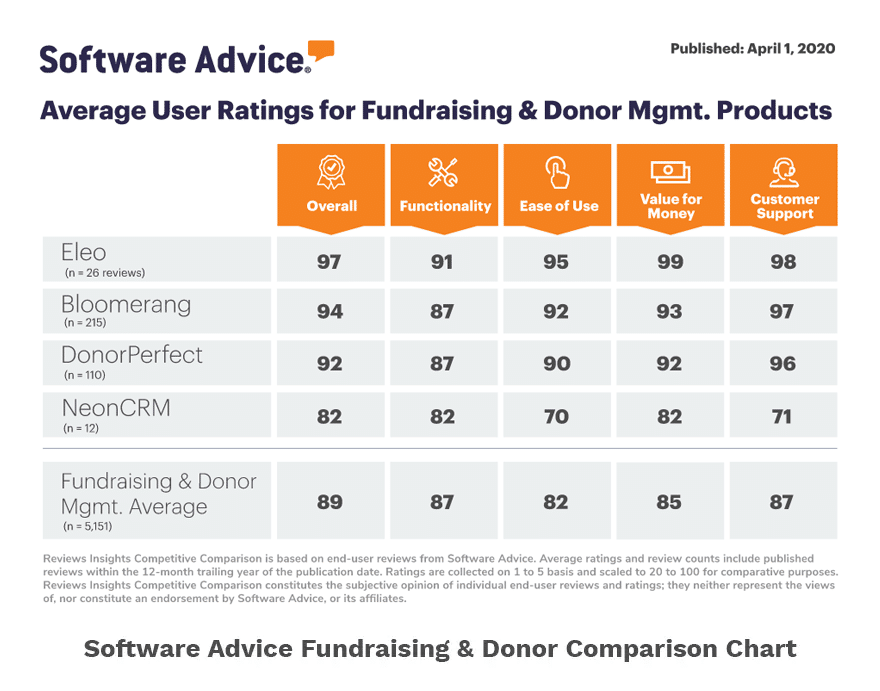
The Covid pandemic. A major weather event. A local youth diagnosed with cancer. An animal shelter facing closure. A school shooting. An opioid overdose. In response to difficult news, events, and trends, it’s not uncommon for nonprofits to join forces and attempt to bring awareness and funding to important causes.
While partnerships in response to a crisis are commendable, you don’t have to wait for something bad to happen to collaborate with other nonprofits.
Small nonprofits with limited visibility and influence can accelerate the process of delivering more impact for their mission by partnering with other nonprofits. Think about how much more of a difference you could make by combining resources, personnel, and networks with another nonprofit that supports your mission!
How Do Nonprofits Find a Nonprofit Partner?
Start in your own community! Rather than seeking out nonprofits that have an identical mission, connect with like-minded nonprofits offering programs and services that complement yours (example: a homeless shelter and food pantry). Visit their websites and social media pages and read their annual reports to see who they’ve partnered with and why.
You can then expand your search by seeking out nonprofits through rating services like Charity Navigator, Candid, and GreatNonprofits.org. Use filters to narrow down nonprofits based on geography and mission. Once you have a small list, research each organization individually to see which ones would be a good fit!
Proving Your Value as a Nonprofit Partner
What is your budget? How many donors, volunteers, social media followers, and newsletter subscribers do you have? How successful have your fundraising events and programs been?
Dig into your donor management software. Outline what a successful partnership would look like. Be prepared to make a data-driven case with reports that will give confidence to another nonprofit that might consider partnering with your organization!
If your small nonprofit is new and has little or no history, start building a strong foundation for partnership. Create a system for entering data into your donor management software, develop fundraising strategies, create a monthly giving program, recruit volunteers, and get your online presence (website, social pages, directory listings, etc.) in order!
Building a Nonprofit Partnership
Once you’ve found a match and there is mutual interest, it’s time to establish goals and systems for working together.
What communication platform will you use? What are the preferred methods (text, email, phone) and times (weekdays until 6 pm) of communication? How will data be entered and shared, and by whom? Are your donor management systems compatible? What roles and responsibilities are essential for success? How will success be measured?
Once goals and systems are in place, focus your attention and resources on a single event or campaign. Get a feel for each other. Work out the kinks. Identify areas for improvement. Make adjustments. Then you can apply lessons learned to the next phase of your partnership!
Examples of Successful Nonprofit Partnerships
Eleo works with Meals on Wheels of Long Beach. This nonprofit needed in-home fall prevention hardware for senior clients who rely on the organization to deliver and prepare nutritious meals and provide friendly visits and wellness checks. Executive Director and then Operations Director, Bill Cruikshank, knew from networking with senior centers and nonprofits in the community that Heart of Ida had this hardware available.
Heart of Ida supports seniors in the Long Beach, CA area with programs and services that sustain their independence and connection with the community, from technology support to food pantry services and housing assistance.
Bill reached out to Heart of Ida’s Executive Director, Dina Berg, who was happy to be an equipment resource for Meals on Wheels of Long Beach. Heart of Ida also started providing dog-walking services to the Meals on Wheels clients. Meals on Wheels is happy to provide their clients (and their pets!) with meal and support services.
Today, 14 years later, the symbiotic partnership between the two nonprofits is still going strong, as both are deeply committed to meeting the needs of seniors in the community they call home. This is a prime example of what can be accomplished through a nonprofit partnership.
Here are two other examples of successful nonprofit partnerships:
Habitat for Humanity and AmeriCorps. AmeriCorps members organized community service efforts and provided labor to build affordable homes with Habitat for Humanity.
Girl Scouts of the USA and National Park Service. Girl Scouts engaged in outdoor activities and environmental projects while promoting conservation and education.
Want to find out how Eleo Donor Management Software can help you establish successful nonprofit partnerships? Contact us today to schedule a demo!





